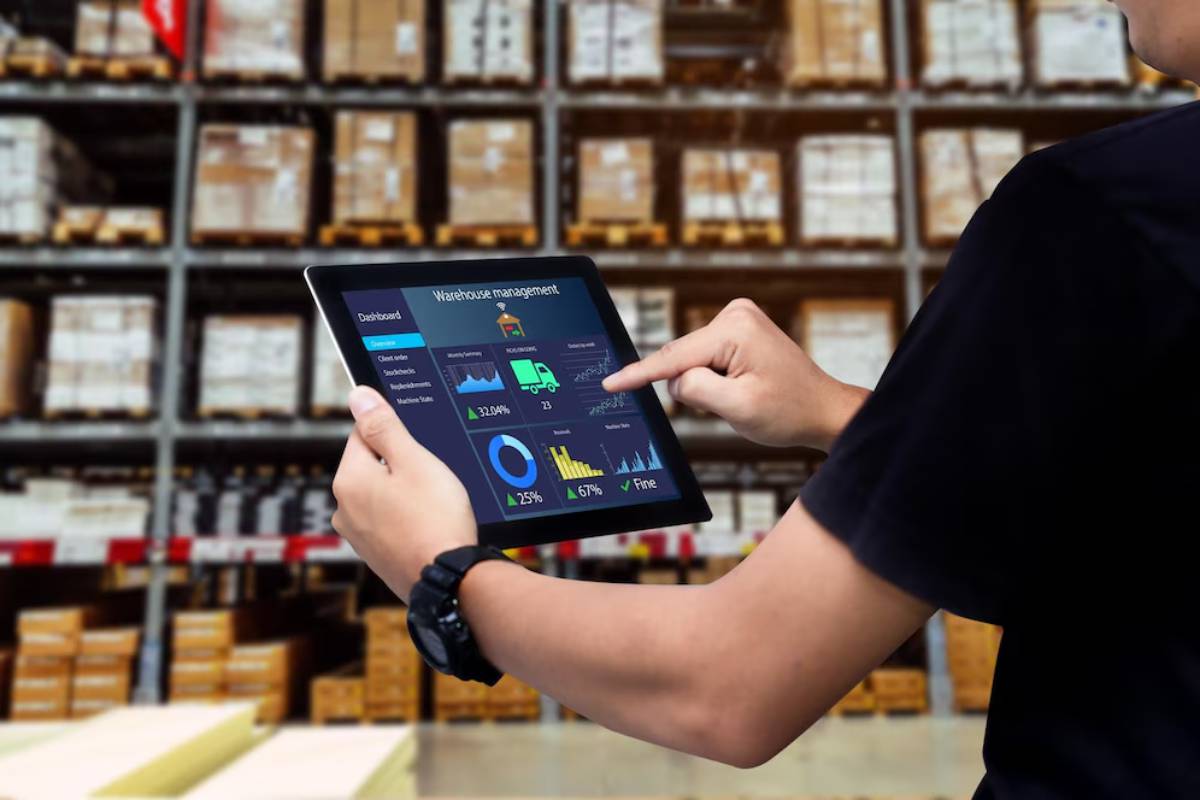
Best Automation Tools for Amazon and Etsy Sellers
Selling on platforms like Amazon and Etsy can be exciting, but it also comes with many daily tasks. From keeping track of your inventory to answering customer messages, there’s a lot to manage. These tasks can take up a lot of time and energy, especially if you’re doing everything by hand.
That’s where automation tools come in. These are special software programs that help you save time by doing some of the work for you. They can help with tasks like updating your stock, sending customer emails, or tracking orders. With the right tools, your business can run more smoothly, and you’ll have more time to focus on growing your brand.
In this blog, we’ll look at some of the best automation tools for Amazon and Etsy sellers. We’ll explain how these tools work, their benefits, and how they can boost your online business.
Key Benefits / Why It Matters
Enhancing Productivity and Efficiency
One of the primary benefits of using automation tools is the significant boost in productivity. Automating tasks like inventory updates, order processing, and customer communication helps sellers save a lot of time. This cuts down on human error. It also lets sellers focus on important areas like product development and marketing.

Improving Customer Experience
Automation tools can improve customer experience. They provide quick and accurate responses. Automated customer service tools can answer common questions. They give customers instant solutions. This not only improves customer satisfaction but also builds trust and loyalty.
Data-Driven Decision Making
Using the right seller software tools helps sellers understand their business better. These tools offer insights into sales trends, customer behaviour, and inventory levels. With this data, sellers can make smart choices. They can improve their operations and boost their profits.
Real-Life Applications
An Amazon seller uses an inventory management tool. This tool updates stock levels automatically on different platforms. This keeps them from overselling or running out of stock. So, customers enjoy a smooth shopping experience. An Etsy seller can use an automated marketing tool. This tool sends personalised promotions to customers. As a result, it boosts engagement and sales.
Additional Expert Tips & Common Mistakes to Avoid
Best Practices for Implementing Automation
When using automation tools, picking software that fits your business needs is important. Start by identifying the areas of your business that would benefit most from automation. This could be anything from inventory management to customer service. After you identify these areas, research tools that provide your platform’s best features and integrations.
Common Mistakes and Misconceptions
One common misconception is that automation tools are a one-size-fits-all solution. It’s essential to customise these tools to suit your unique business requirements. Some sellers rely too much on automation. They forget the human touch needed to build strong customer relationships. Strike a balance between automation and personal interaction to ensure a well-rounded approach.
Impact of Over-Automation
Automation boosts productivity, but too much can harm personal connections with customers. A human touch is important in customer service and marketing. Personalisation matters. Automation should complement, not replace, human efforts.
Advanced Insights / Expert Recommendations
Exploring Advanced Features
Many automation tools offer advanced features that can further enhance productivity. Some inventory management tools use predictive analytics. They help forecast demand and optimise stock levels. Advanced customer service tools can also use AI for more personalised responses.
Industry Perspectives
Experts say the future of e-commerce automation is in AI and machine learning integration. These technologies offer deeper insights into customer behaviour and preferences. This helps sellers tailor their offerings more precisely. Sellers who adopt new technologies early will gain a competitive edge as they evolve.
Lesser-Known Insights
Many people know popular automation tools, but some lesser-known ones have unique features. Some tools automate cross-platform product listings. This helps keep things consistent across different sales channels. Exploring these niche tools can provide sellers with additional advantages.

Getting Started with Automation Tools
If you’re new to using automation tools, don’t worry—it’s easier than it sounds. You don’t need to be a tech expert to start. Here are a few simple steps to help you begin:
1. Know What You Need Help With
Think about the tasks that take up most of your time. Is it managing inventory, replying to messages, or sending order updates? Once you know where you need help, it’s easier to choose the right tool.
2. Start Small
You don’t need to automate everything at once. Try starting with just one tool—for example, one that helps you track your stock. Once you’re comfortable, you can try more tools.
3. Look for Tools That Work with Amazon or Etsy
Not all tools are made for every platform. Make sure the tool you choose works with the one you sell on, like Amazon, Etsy, or both.
4. Check for Free Trials
Many automation tools offer free trials. This is a great way to test a tool before you pay for it. Use the trial period to see how it works and if it helps your business.
5. Keep Learning
Most tools have help guides or video tutorials. Take a few minutes to learn how to use them properly. The more you know, the more time you’ll save.
Conclusion: Why the Right Tools Make All the Difference
E-commerce automation is a game-changer for both Amazon and Etsy sellers. The right individual seller software tools can boost productivity. They also improve customer experience and support data-driven decisions. It’s important to choose tools that are right for your business. You need to compare automation with personal interaction. E-commerce must keep up with new automation technology to succeed.
Are you an Amazon or Etsy seller? Check the automation tools on the blog. They will be there to help you upgrade your operations. Get started. First, identify which parts of your business can be automated. Then, explore the tools that best meet those needs. Choosing the tools that fit is crucial, as they can change your whole business, so take your time to pick wisely.
What are your thoughts on e-commerce automation? Have you tried any of the tools mentioned in this blog? Share your experiences in the comments below!


